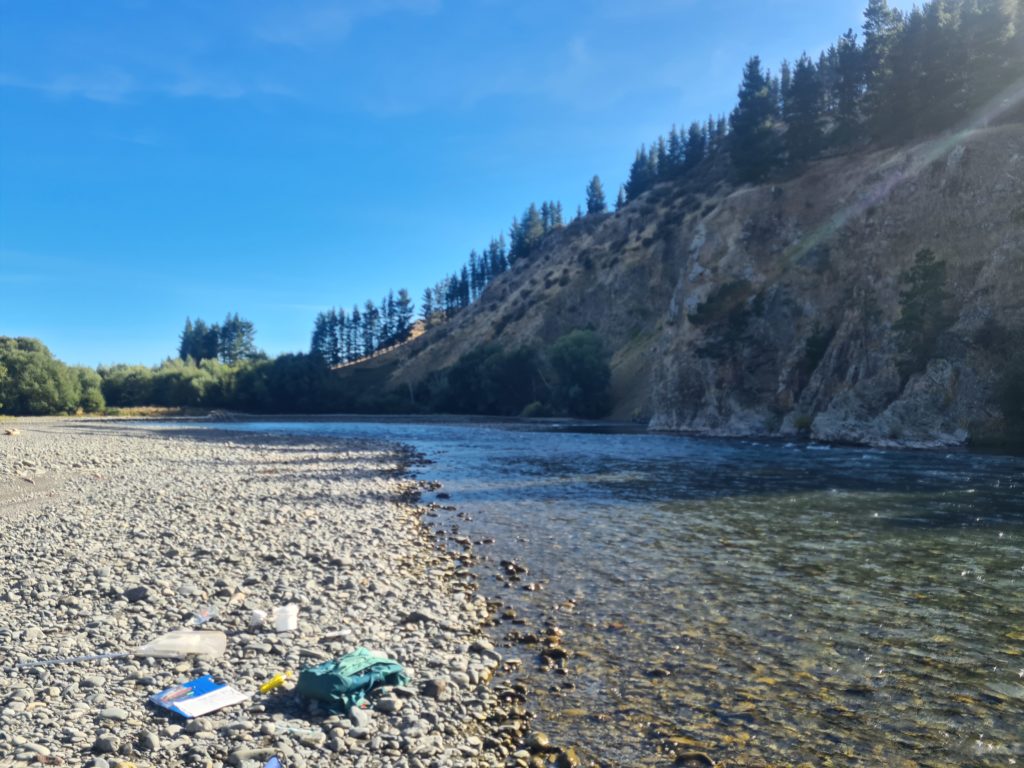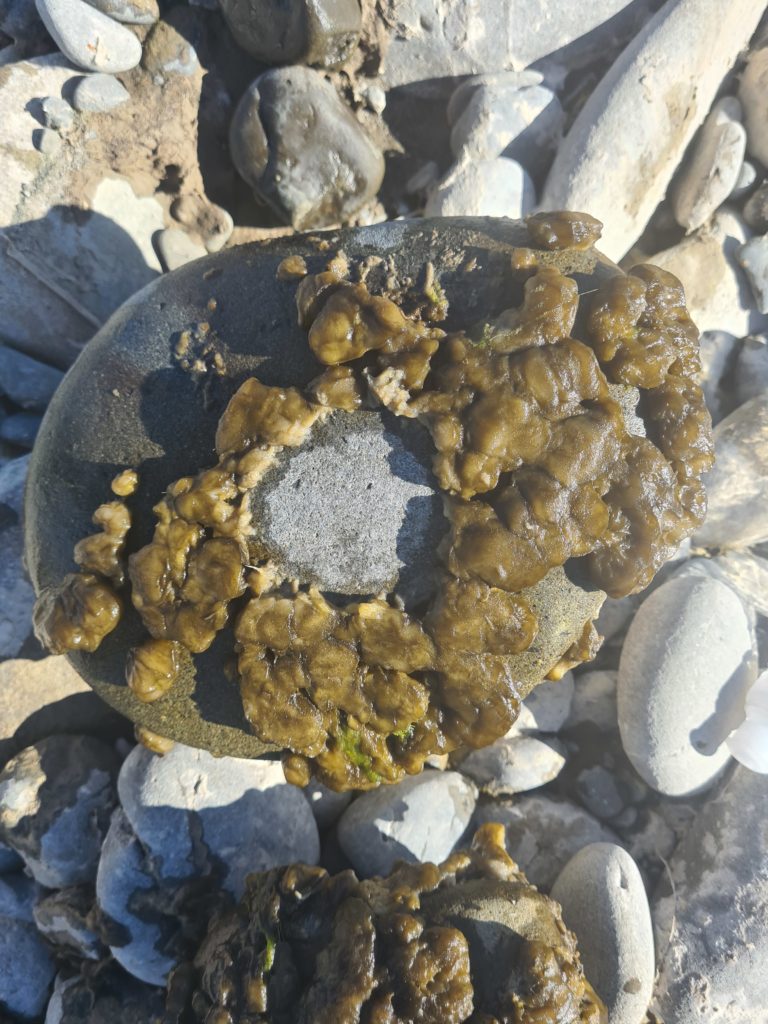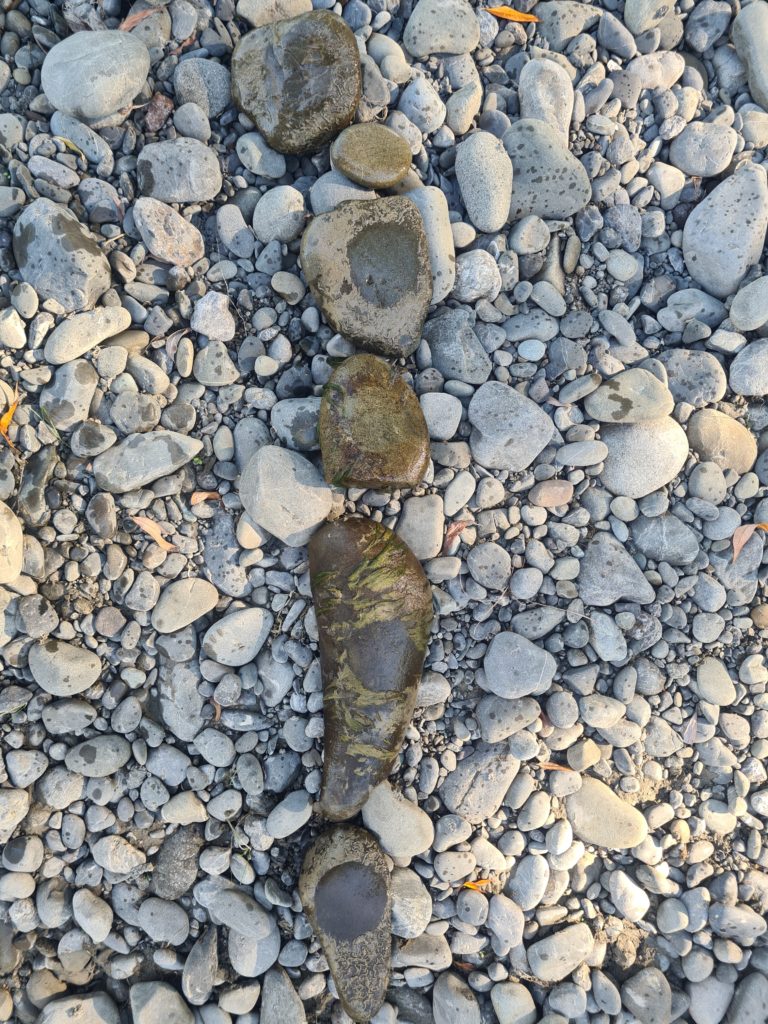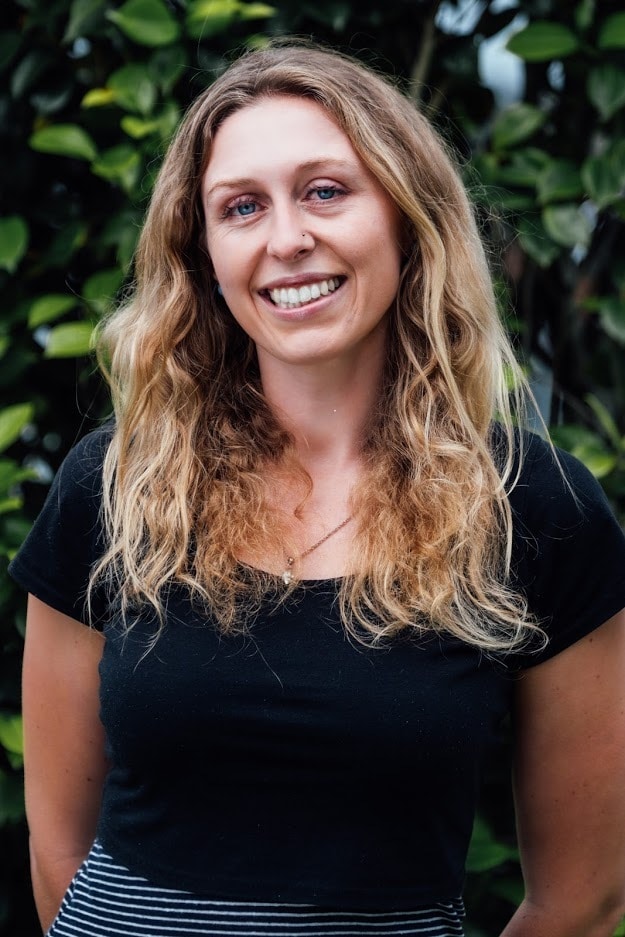As the season changes and the wet, cold and dark weather drawers closer, ecologists also say goodbye to the field season and days out in the sunshine with dirt under their fingernails.
Earlier this year, Enspire’s freshwater ecologist, Nicola Pyper, spent a week under the beautiful Canterbury summer sunshine. The days were long but working in an office with a view of rolling hills and braided rivers made it more than just tolerable.
Days were spent carrying out freshwater ecological monitoring for a client. With the roll out of the new National Policy Statement for Freshwater Management in September 2020, local authorities are preparing to update plans to encompass the concept of Te Mana o te Wai. This is a concept of Te Ao Māori that encompasses the integrated and holistic health and wellbeing of freshwater bodies and their interconnectedness with land, coast, atmosphere, and all living things. Te Mana o te Wai establishes a set of guiding principles and a hierarchy of obligations, the first obligation is to protect the health and mauri of the water; the second obligation is to provide for essential human health needs, such as drinking water; and the third obligation is to enable other consumptive use, provided that such use does not adversely impact the mauri of the freshwater. In anticipation of these changes, industries and private companies are preparing themselves by gathering baseline data and implementing new ecological monitoring programmes to gain a better understanding of the effectiveness their current environmental management practices and to see where changes need to be made to bring their policies in line with the new national direction.



The freshwater ecological monitoring that Nicola carried out included doing habitat assessments, taking water quality measurements, and collecting ecological samples. The samples collected included macroinvertebrate samples – a snapshot of the ecological community of a stream – and algal scrubbings. Algal scrubbings are collected from using a nylon brush and an ice cream container with a fixed area cut out of it. The algae that are scrubbed off the rock in the fixed area are sent away for testing in the lab to provide an indication of algal biomass. The results from the ecological samples, the water quality data, and the on-site observations are used to pain a picture of the ecological health of the stream, which gives the client an idea of where their environmental practices are working, and where an ecologist could recommend changes that would improve freshwater health.
This article is intended only to provide a summary of the subject covered. It does not claim to be comprehensive or to provide advice. No person should act in reliance on any statement contained in the article without first obtaining specific professional advice. If you require any advice or further information on the subject matter, please contact us.
